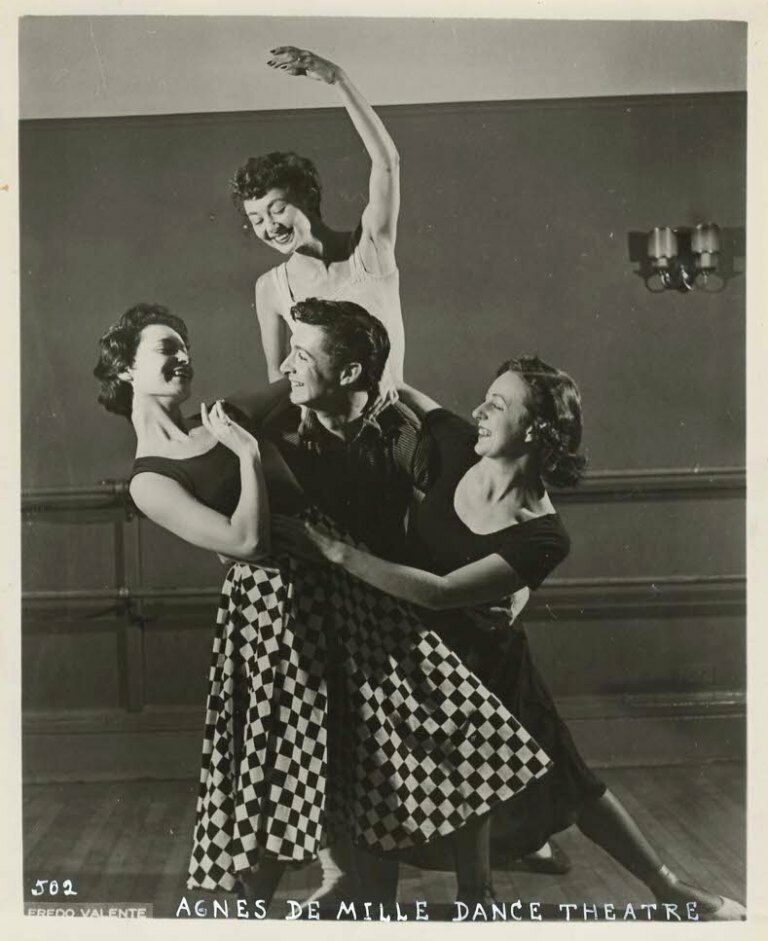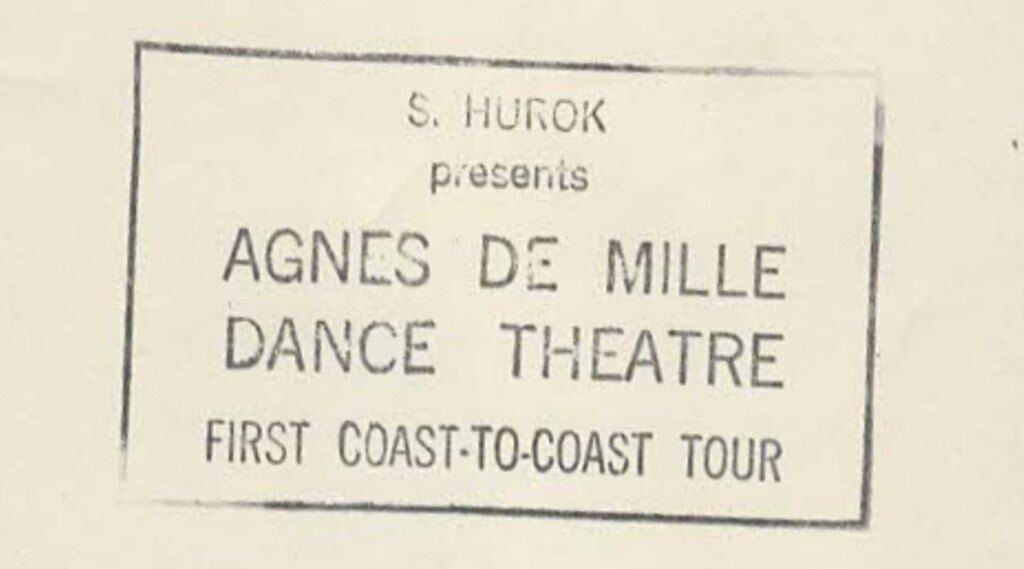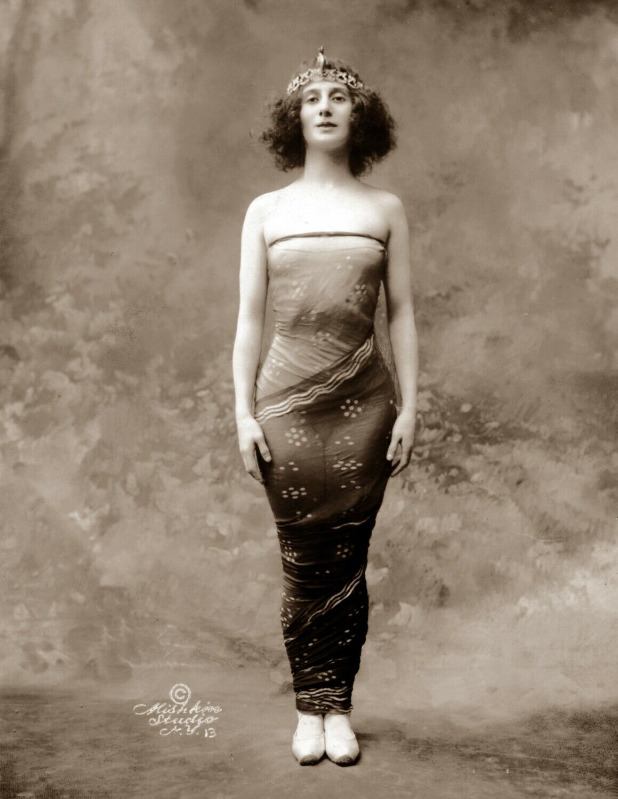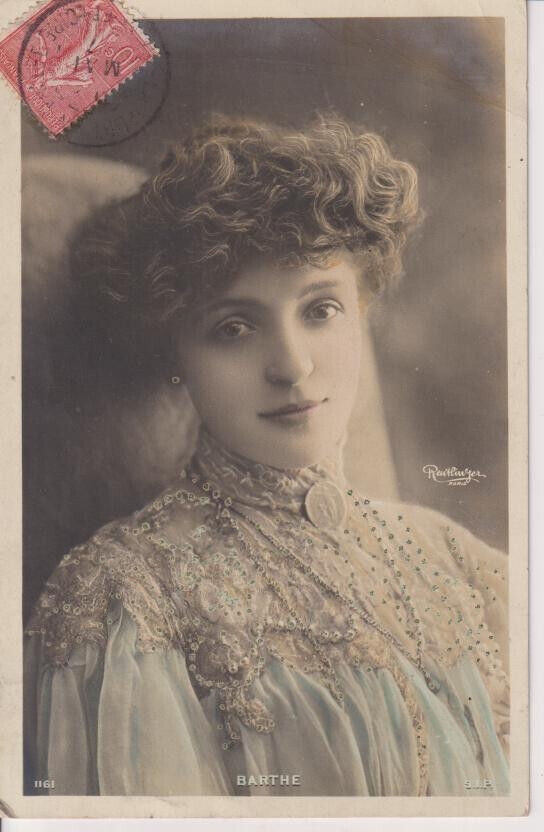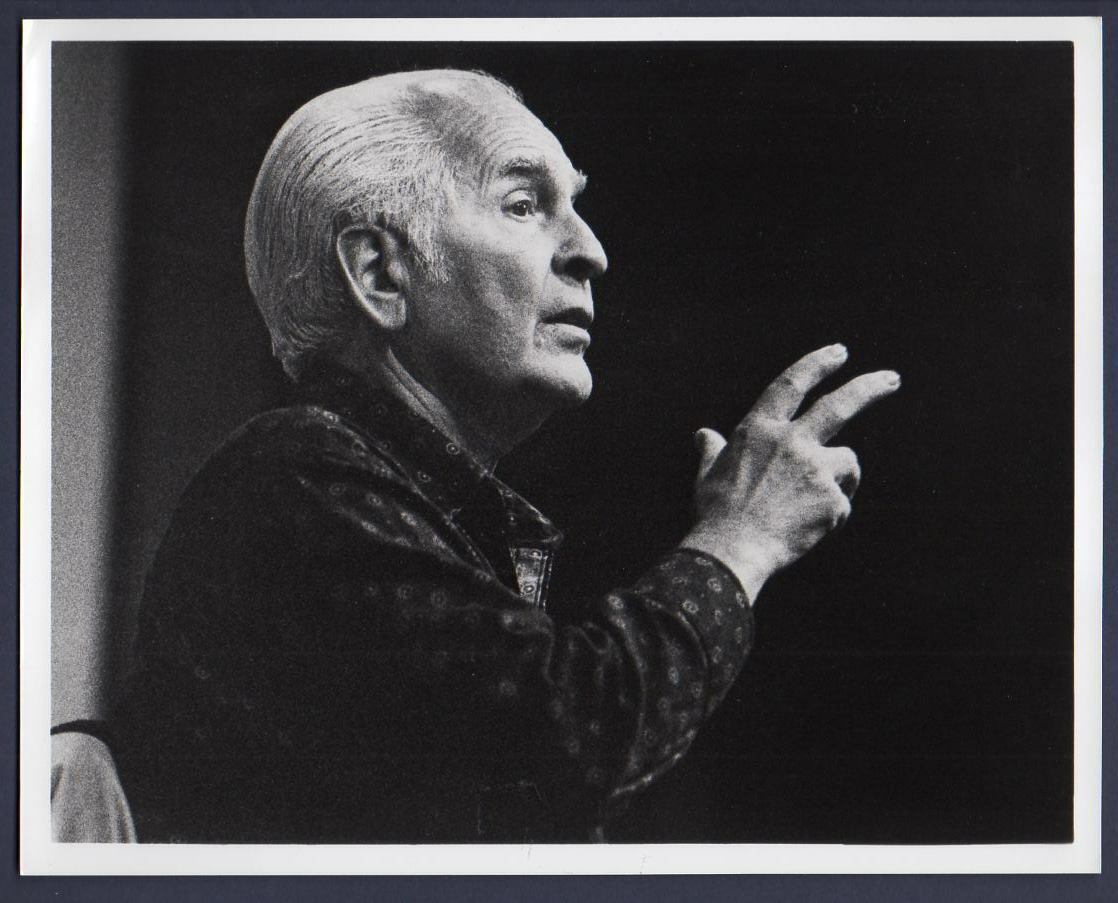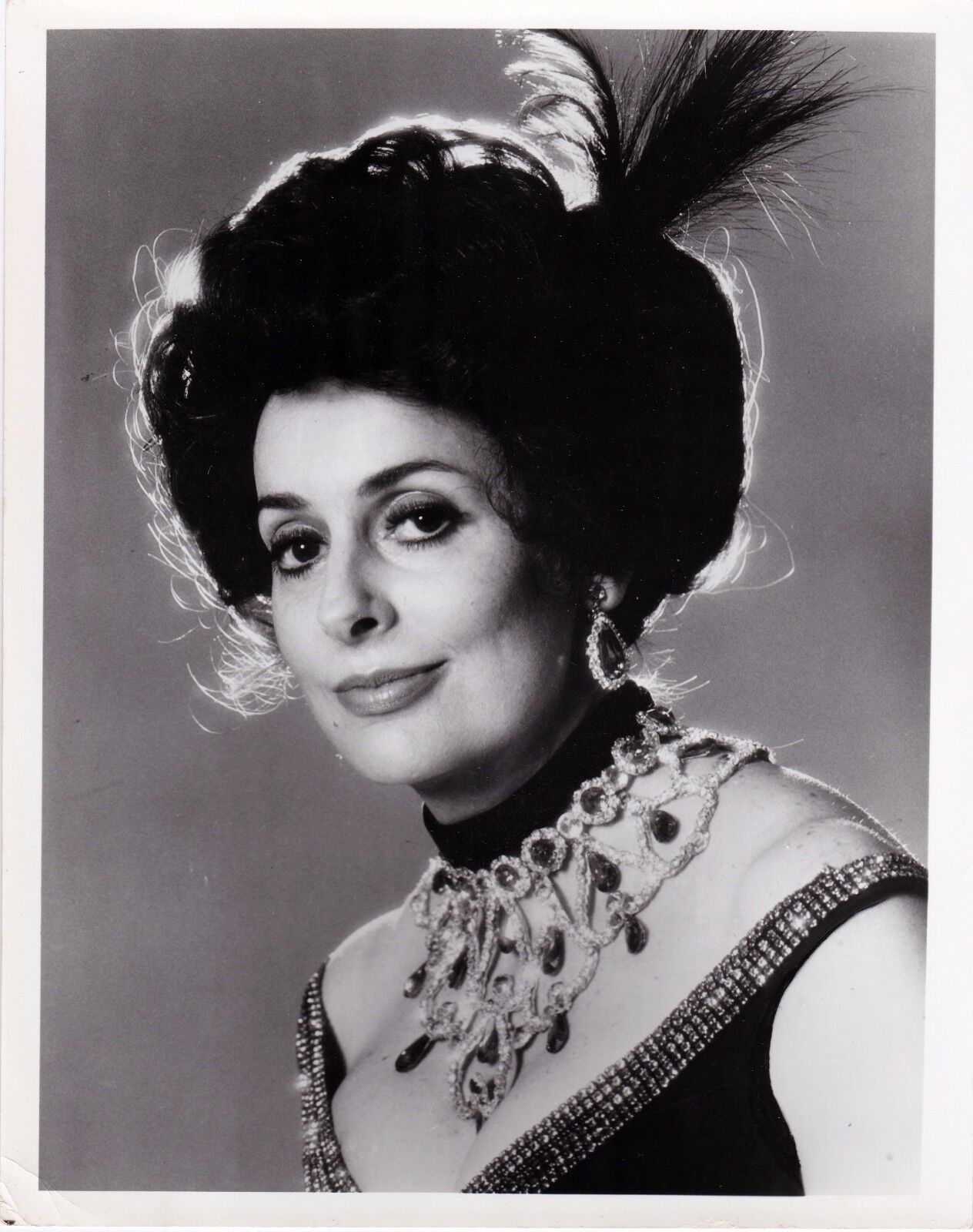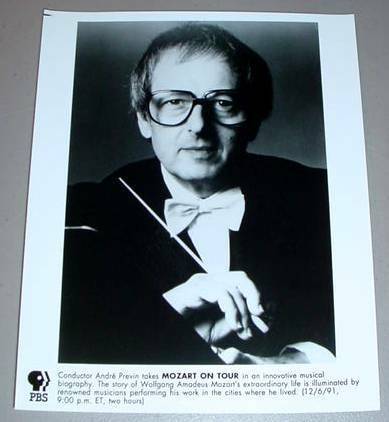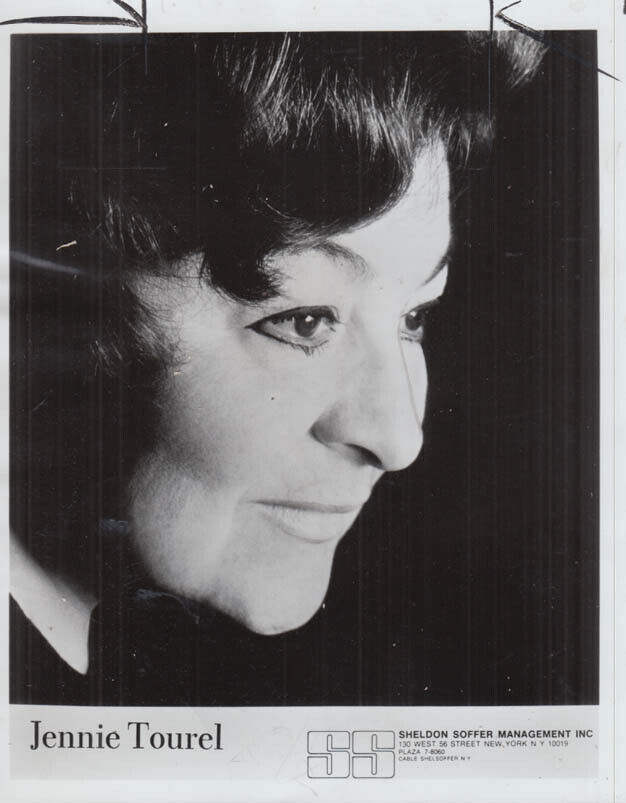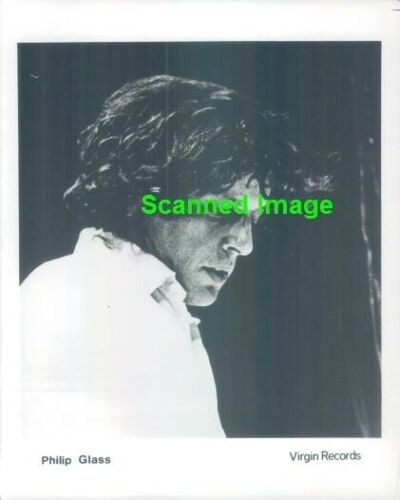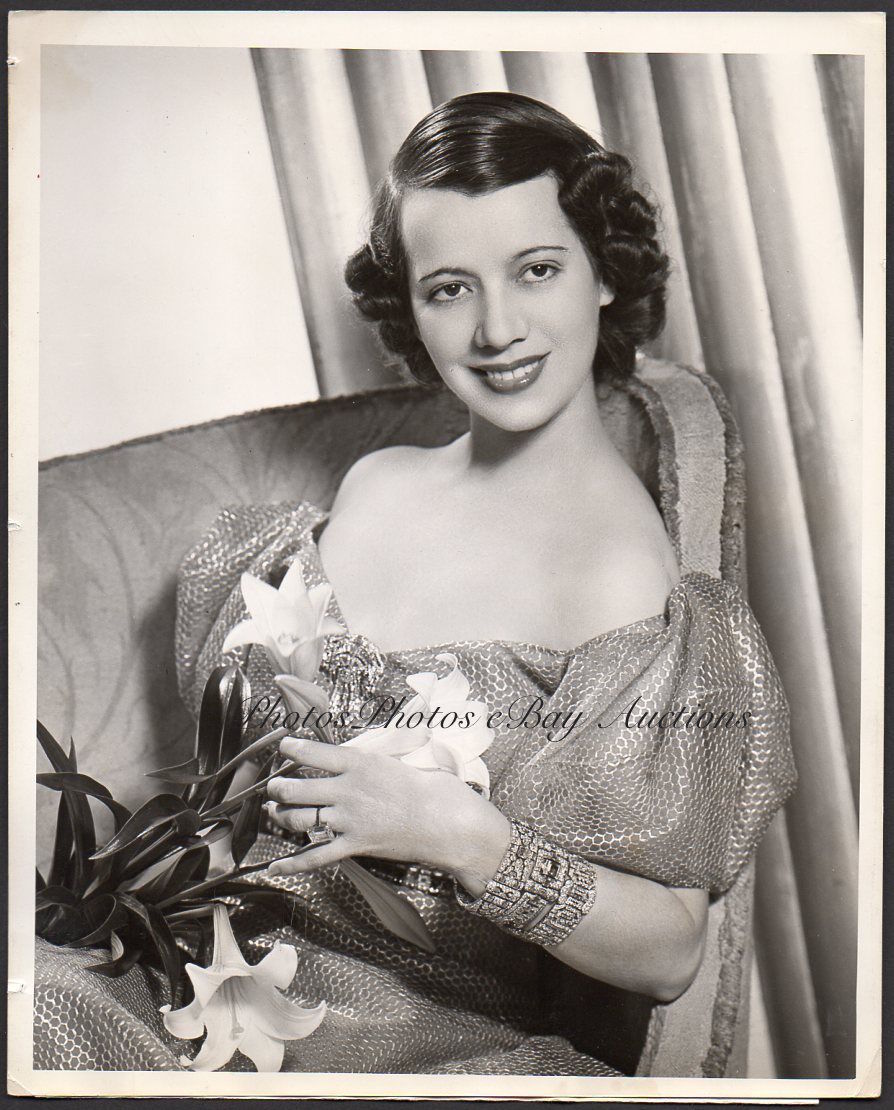-40%
*LEGENDARY DANCER CHOREOGRAPHER AGNES DE MILLE DANCERS 1953 SILVER PRINT PHOTO*
$ 15.83
- Description
- Size Guide
Description
A rare original Alfredo Valente silver print photograph circa early 1950s of legendary dancer and choreographer Agnes De Mille's Agnes De Mille Dance Theatre. With Sol Hurok stamp and Agnes De Mille Dance Theatre First Coast to Coast Tour stamp to reverse. Light wear otherwise good. Dimensions ten by eight inches. See Agnes De Mille's extraordinary biography below.Shipping discounts for buyers of multiple items. Inquiries always welcome. Please visit my other eBay items for more early theatre, film and historical autographs, broadsides, photographs and programs, and great actor and actress cabinet photos and CDV's.
From Wikipedia:
Agnes George de Mille (September 18, 1905 – October 7, 1993) was an American dancer and choreographer.
De Mille began her association with the fledgling American Ballet Theatre (then called the Ballet Theatre) in 1939, but her first significant work, Rodeo (1942) with the score by Aaron Copland, was staged for the Ballet Russe de Monte Carlo. Although de Mille continued to choreograph nearly up to the time of her death—her final ballet, The Other, was completed in 1992—most of her later works have dropped out of the ballet repertoire. Besides Rodeo, two other de Mille ballets are performed on a regular basis, Three Virgins and a Devil (1934) adapted from a tale by Giovanni Boccaccio, and Fall River Legend (1948) based on the life of Lizzie Borden.
On the strength of Rodeo, de Mille was hired to choreograph the musical show Oklahoma! (1943). The dream ballet, in which dancers Marc Platt, Katherine Sergava, and George Church doubled for the leading actors, successfully integrated dance into the musical's plot. Instead of functioning as an interlude or divertissement, the ballet provided key insights into the heroine's emotional troubles. De Mille went on to choreograph over a dozen other musicals, most notably Bloomer Girl (1944), Carousel (1945), Brigadoon (1947), Gentlemen Prefer Blondes (1949), Paint Your Wagon (1951), The Girl in Pink Tights (1954), Goldilocks (1957), and 110 in the Shade (1963).
De Mille's success on Broadway did not translate into success in Hollywood. Her only significant film credit is Oklahoma! (1955). She was not invited to recreate her choreography for either Brigadoon or Carousel. Nevertheless, her two specials for the TV series Omnibus, "The Art of Ballet" and "The Art of Choreography" (both televised in 1956), were immediately recognized as landmark attempts to bring serious dance to the attention of a broad public.
Her love for acting played a very important role in her choreography. De Mille revolutionized musical theatre by creating choreography which not only conveyed the emotional dimensions of the characters but enhanced the plot. Her choreography, as a reflection of her awareness of acting, reflected the angst and turmoil of the characters instead of simply focusing on a dancer's physical technique.
De Mille regularly worked with a recognizable core group of dancers, including Virginia Bosler, Gemze de Lappe, Lidija Franklin, Jean Houloose, Dania Krupska, Bambi Linn, Joan McCracken, James Mitchell, Mavis Ray, and, at American Ballet Theatre, Sallie Wilson. Krupska, Mitchell, and Ray served as de Mille's assistant choreographers, while de Lappe has taken an active role in preserving de Mille's work.In 1953, de Mille founded the Agnes de Mille Dance Theatre, which she later revived as Heritage Dance Theatre.
De Mille developed a love for public speaking, becoming an outspoken advocate for dance in America. She spoke in front of Congress three times: once in the Senate, once in the House of Representatives, and once for the Committee for Medical Research.
She was interviewed in the television documentary series Hollywood: A Celebration of the American Silent Film (1980) [2] primarily discussing the work of her uncle Cecil B. DeMille.
After suffering from a near death stroke, she went on to write five books: Reprieve (which outlined the experience), Who Was Henry George?, Where the Wings Grow, America Dances, Portrait Gallery, and Martha: The Life and Work of Martha Graham. She also wrote Dance to the Piper (translated into five languages), And Promenade Home, To a Young Dancer, The Book of Dance, Lizzie Borden: Dance of Death, Dance in America, Russian Journals, and Speak to Me, Dance with Me.
The Agnes de Mille Dance Theatre toured the United States from 1953 to 1954 under the aegis of producer Sol Hurok. The company offered an overview of Agnes de Mille's choreography to that date, with the addition of Anna Sokolow's "Short Lecture & Demonstration on the Evolution of Ragtime" (set to music by Billy Taylor) and Danny Daniels's "Razamatazz" (set to music by Jelly Roll Morton). In addition to several of de Mille's early pieces, the company performed theBloomer Girl waltz and ballets based on the original dances for Brigadoon (Ballad, later reworked as Bitter Weird) and Paint Your Wagon (Gold Rush, televised in 1958 with Gemze de Lappe, James Mitchell, and Sono Osato). There is no known visual record of the full repertory, although archival footage exists of Ballad and the finale, "Hell on Wheels--1863."
There were twenty performers in the company, many of whom had worked for de Mille before. The leads were de Mille favourites James Mitchell, Gemze de Lappe, and Lidija Franklin, with secondary roles taken by Virginia Bosler, tap dancer and choreographer Danny Daniels, Loren Hightower, the specialist in Scottish dance James Jamieson, Bunty Kelley, Casimir Kokic, Evelyn Taylor, and Dusty Worrall. The ensemble and understudies included Edmund Balin, Robert Calder,Eleanor Fairchild, Jean Houloose, Alfa Liepa, Mavis Ray, and Lizanne Truex. Rufus Smith and Raimonda Orselli provided the singing.
